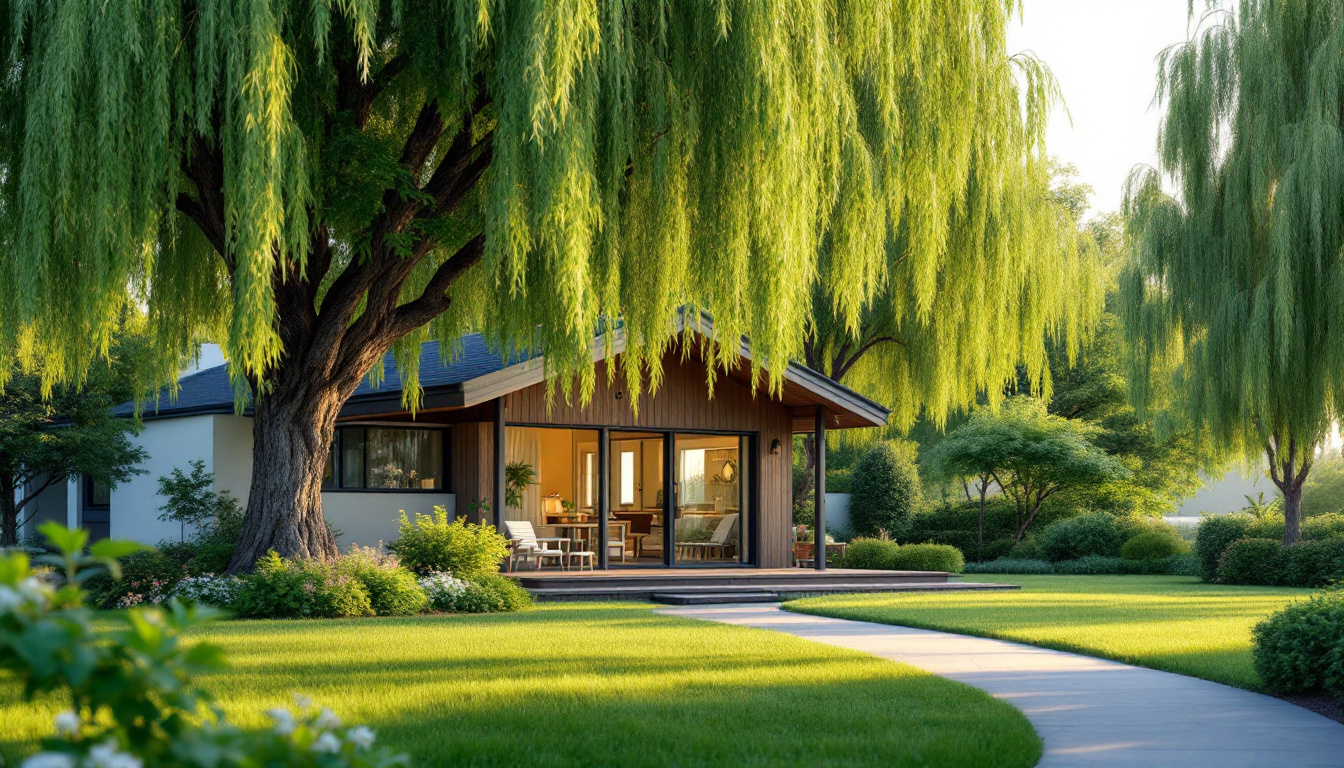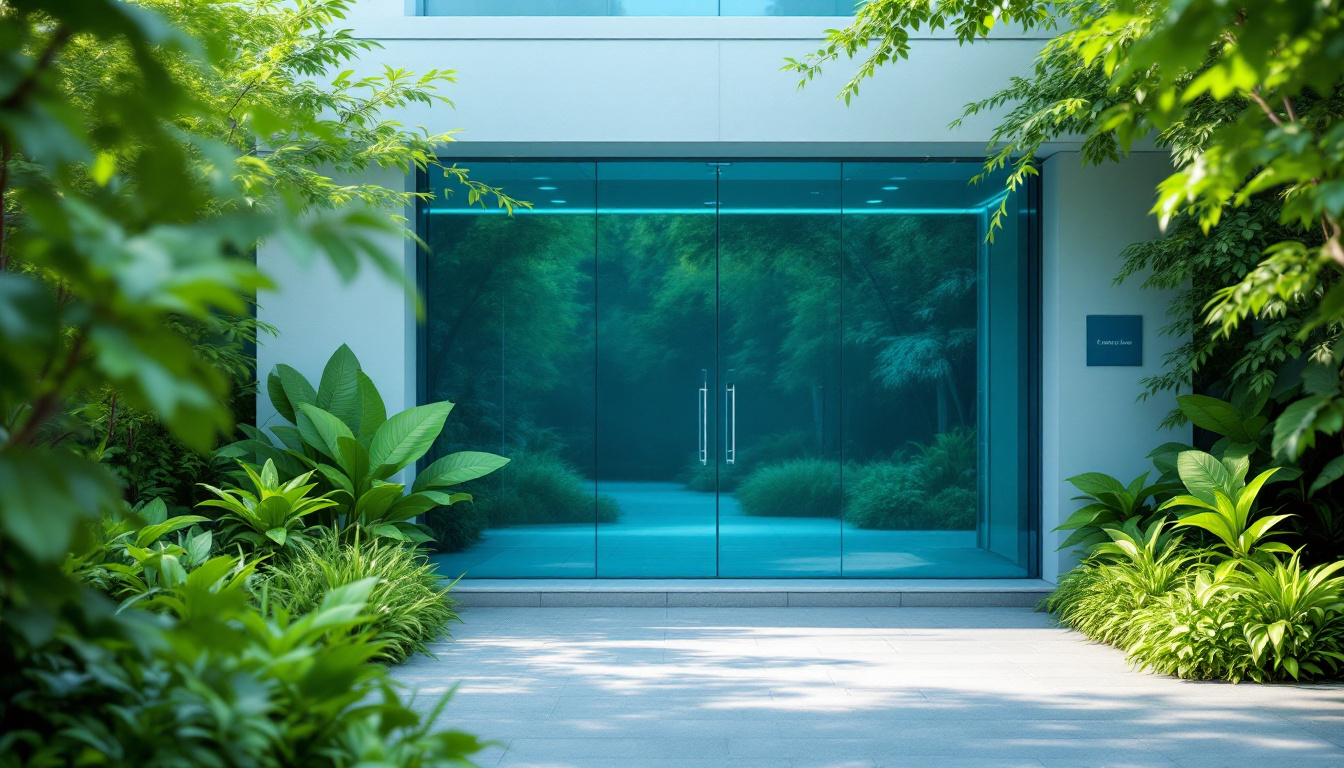How to Ensure Safety and Security in Senior Care Facilities
April 8, 2025
Creating Secure and Safe Environments for Senior Residents

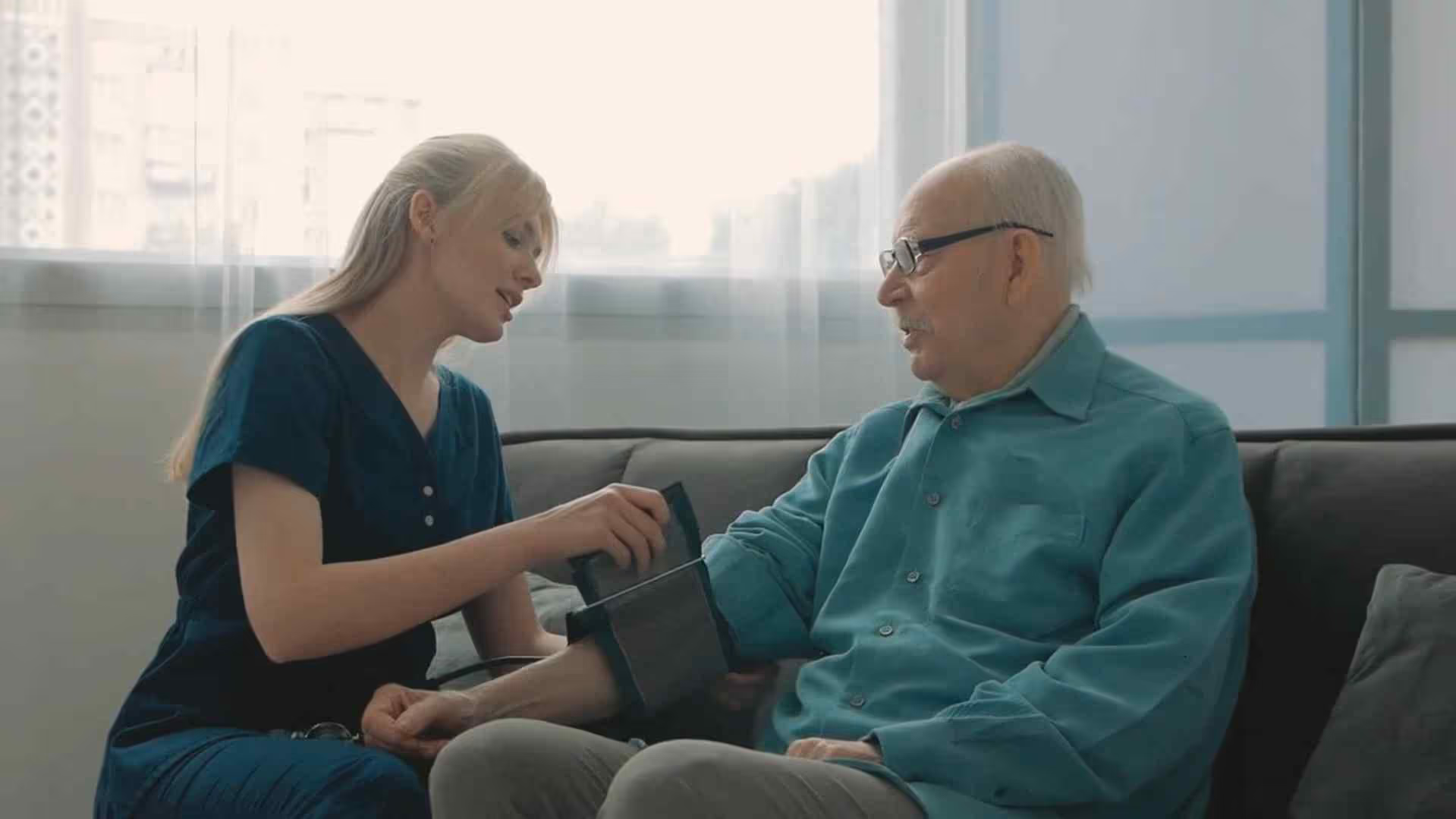
Introduction
Ensuring safety and security in senior care facilities is paramount. These environments house some of the most vulnerable members of society, demanding robust protocols and measures to protect and promote their well-being. As seniors transition to assisted living, a comprehensive approach to safety and security becomes crucial to maintaining their health and dignity while instilling trust in their families.
Understanding Safety in Assisted Living Environments

What does safety in assisted living mean?
Safety in assisted living communities encompasses measures that prioritize the physical and emotional well-being of residents. The foremost element is implementing extensive safety protocols, with attention to structural design and daily operational practices.
Physical safety measures
Physical safety measures are paramount in creating a secure living environment for seniors. Here are several crucial components:
- Adequate Lighting: Proper lighting in pathways and common areas enhances visibility, reducing the risk of accidents and deterring criminal activity.
- Handrails and Grab Bars: Installed in bathrooms and hallways, these fixtures provide support and stability, minimizing the occurrence of falls.
- Slip-Resistant Flooring: This flooring type is essential in preventing slips and falls, which are common hazards in facilities catering to elderly residents.
Importance of environmental design
Environmental design plays a significant role in safety. Senior living spaces are crafted with safety in mind, from the layout that promotes easy navigation to features encouraging social engagement while allowing for privacy. Effective use of space helps eliminate potential hazards, ensuring that emergency exits are easily accessible and that residents can move freely without obstruction.
Promoting senior well-being
Assisted living facilities further promote well-being through health and wellness programs, mental health support services, and social activities. This holistic approach not only fosters physical safety but also nurtures emotional and psychological resilience. Activities that bring residents together build a supportive community, contributing to a greater sense of safety and belonging throughout the facility.
Key Considerations When Evaluating an Assisted Living Facility
What are the three key challenges to consider when evaluating an assisted living facility?
When considering assisted living, several challenges can impact the decision-making process. Here are the three main ones:
Financial Considerations
Understanding costs is crucial. This entails:- Monthly Fees: Know what’s included and what might incur extra charges, such as additional medical care or special services.
- Insurance Coverage: Find out if long-term care insurance or government programs can help with expenses.
Location and Accessibility
The facility's setting can influence several factors:- Proximity to Family: Determine how easily family can visit and be involved in care decisions.
- Access to Healthcare: Choose a location that is close to medical facilities for emergencies and routine visits.
- Community Resources: Proximity to shopping and recreational activities can enhance residents’ quality of life.
Quality of Care and Services
Investigate the following:- Staff Qualifications: Check for trained and certified caregivers who are knowledgeable about senior care needs.
- Resident-to-Staff Ratios: Lower ratios often indicate more personalized attention for each resident.
- Activities and Amenities: Look for a range of services and programs that cater to mental and physical well-being, contributing to a fulfilling lifestyle.
Thoroughly investigating these challenges will help ensure that the chosen facility aligns with the prospective resident's needs and preferences.
Comprehensive Safety and Security Measures in Senior Care Facilities

How do you ensure safety and security in senior care facilities?
To ensure safety and security in senior care facilities, a comprehensive approach is necessary. Key strategies include the implementation of surveillance systems, access control measures, alarm systems, and the presence of trained security personnel. These measures are designed to prevent both intentional harm and theft while also enhancing the safety of residents within the community.
In terms of safety protocols, protecting residents from accidental injuries is paramount. Facilities focus on using Personal Protective Equipment (PPE) and ensuring the presence of clear safety signage. Regular safety training and inspections help mitigate risks associated with common hazards, such as falls and fire emergencies.
Security Systems and Protocols
An effective security framework includes:
- Surveillance Systems: High-definition cameras and video monitoring provide a constant overview of the facility, deterring potential threats and ensuring accountability.
- Access Controls: Electronic access systems using key cards or biometric methods restrict entry to authorized personnel, enhancing overall safety.
- Visitor Management Systems: These systems track visitor access, ensuring that only vetted individuals can enter the premises, thereby safeguarding residents.
Emergency Preparedness
Emergency preparedness plans are crucial for effectively managing various scenarios. These plans should:
- Include comprehensive evacuation procedures in case of fire or natural disasters.
- Incorporate staff training drills to ensure everyone knows their role during an emergency.
- Establish a clear communication plan to inform residents and families of procedures during crises.
Staff Training in Safety and Security
All staff must undergo rigorous training focused on:
- Recognizing suspicious behavior and understanding security protocols.
- Responding appropriately to emergencies, which can significantly reduce response times during critical situations.
- Engaging in ongoing safety training to remain adept at following protocols and maintaining a secure environment.
Through these combined efforts, senior care facilities can foster a safe and secure living environment while also ensuring the well-being of residents.
Emergency Preparedness and Risk Management Strategies

Evacuation Procedures
Emergency preparedness in senior living communities begins with well-defined evacuation procedures. These plans must be tailored to different scenarios—fire, natural disasters, and medical emergencies. Facilities are required to have clear evacuation routes, signage, and practice drills regularly to ensure residents and staff understand the procedures. A robust evacuation strategy accounts for residents with mobility difficulties, ensuring safe and efficient movement during emergencies.
Response Strategies for Medical and Environmental Emergencies
In case of medical emergencies, senior living communities establish response protocols that include access to on-site trained personnel 24/7. Facilities often utilize personal emergency response systems (PERS) to enable residents to call for immediate help. Regarding environmental emergencies, precautionary protocols like shutdown procedures for utilities and securing windows and doors help shield residents from potential harm.
Training and Practice for Staff
Training is crucial for staff to create a culture of safety. Comprehensive drills and regular refresher courses in emergency response techniques ensure all employees know how to assist residents effectively. Staff must recognize various potential risks, including signs of distress in seniors, thus enabling prompt and appropriate action.
| Emergency Type | Procedure Overview | Key Focus Area |
|---|---|---|
| Fire | Evacuation routes, staff training | Mobility challenges |
| Medical Emergency | On-site personnel, PERS usage | Immediate access to care |
| Environmental Disaster | Utility shutdown, securing premises | Safety and readiness |
| Regular Staff Training | Emergency drills and refresher courses | Staff readiness and response |
With continuous monitoring and refinement of these strategies, senior living communities can cultivate a safer environment for their residents.
Technology and Innovations Enhancing Safety and Security

Monitoring Technologies
In senior living communities, monitoring technologies play a pivotal role in enhancing resident safety. Tools such as motion sensors and wearable devices help staff keep an eye on residents, particularly those with memory challenges. For example, motion sensors can alert personnel when a resident requires assistance, while wearables can track vital signs and signal when medical intervention might be necessary.
Access Control Systems
Access control systems are crucial for maintaining security in senior living facilities. These systems incorporate electronic key cards, fobs, or biometric technologies to manage entry. By restricting access to unauthorized visitors, communities can better protect residents, especially those who might wander due to cognitive impairments.
Cybersecurity and Data Protection
As senior living communities increasingly rely on technology, cybersecurity measures become essential. Implementing secure networks and firewalls protects sensitive resident information from unauthorized access. Staff training in data protection practices further safeguards privacy, ensuring the community is not only physically secure but also protects residents' digital identities.
Promoting Resident Well-being and Family Trust

How long does it typically take for the elderly to adjust to assisted living?
Adjusting to assisted living can typically take three to six months for the elderly, although this period can vary based on individual circumstances. Factors such as a supportive social network and one's physical or cognitive abilities can play a significant role in this transition.
During this adjustment phase, family involvement is crucial. Encouraging regular visits and participation in community activities helps create a sense of belonging. A safe environment, free from potential hazards, further eases concerns seniors may have about their new living arrangements.
Community Engagement
Senior living communities encourage social interactions through various engagement activities, like exercise classes, game nights, and group outings. These interactions combat loneliness and reinforce the importance of a supportive community, fostering friendships and trust among residents.
Mental Health Support
Mental well-being is as vital as physical health in senior living. Communities offer counseling and mental health services tailored to the emotional needs of residents. Moreover, organizing workshops and group discussions can aid in addressing shared challenges while creating space for meaningful conversations.
Fostering a Secure and Welcoming Environment
Safety is paramount in senior living facilities. Through regular safety audits, emergency response training, and effective use of security measures, these communities create an atmosphere where residents feel secure. This assurance strengthens relationships between residents, their families, and the staff, promoting overall well-being.
Conclusion
Senior care facilities play a crucial role in maintaining the safety and security of elderly residents. By adopting comprehensive safety measures, enhancing emergency readiness, incorporating advanced technologies, and focusing on resident well-being, these communities can ensure a secure and supportive environment. As families seek to place their loved ones in these settings, understanding and evaluating the safety protocols can provide peace of mind and assurance that their loved ones are in good hands.
References
- Safety and Security in Senior Living: What You Need to Know
- Four Security Measures Every Assisted Living Facility Should Take
- Senior Living: Safety and Security Guidelines - Stealth Monitoring
- 6 Tips to Improve Security at Your Assisted Living Facility | ALE
- Security For Elderly Care Facilities For Resident Safety | CPSG
- Senior Living Safety Tips: Creating a Secure and Comfortable ...
- How You Can Enjoy Safety and Security in Senior Living Communities


























































.jpeg)
























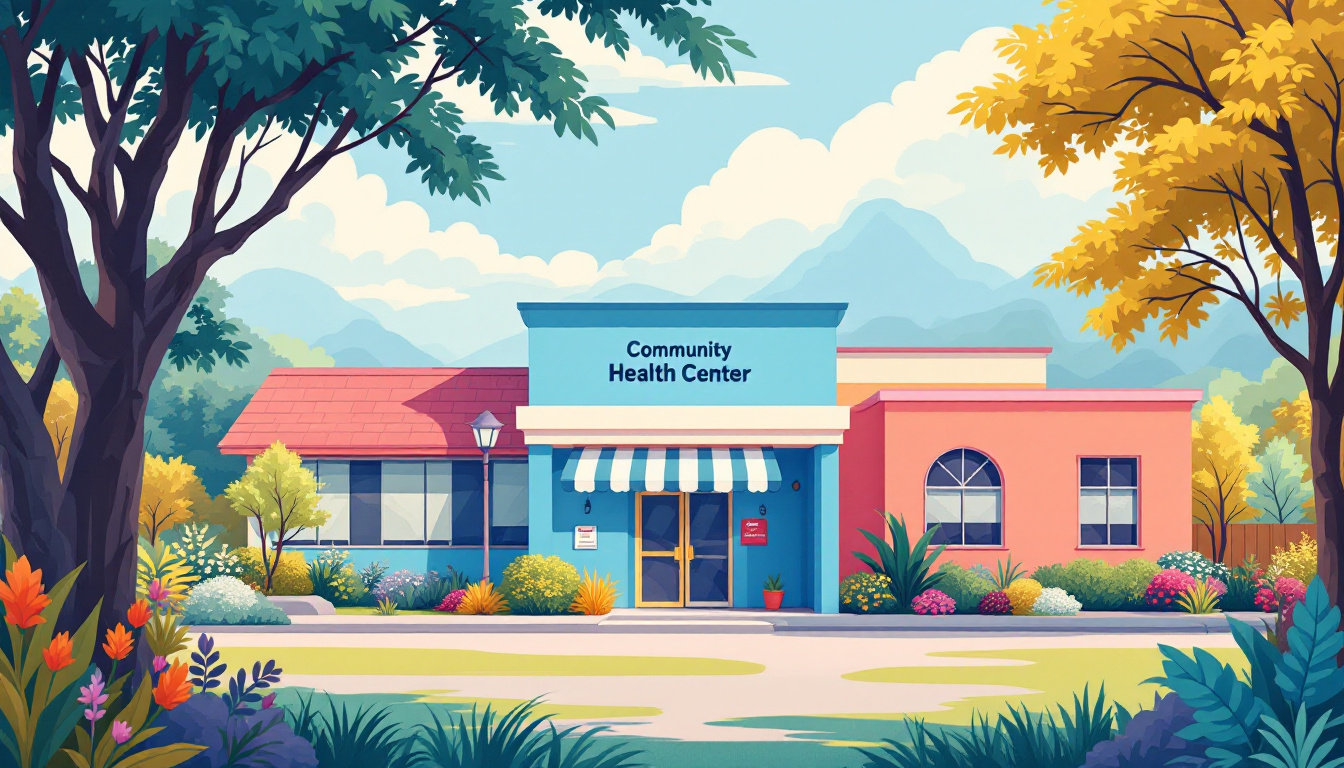


















































































































































































.avif)























































.jpeg)

































































.jpeg)














.jpg)









































.jpeg)









































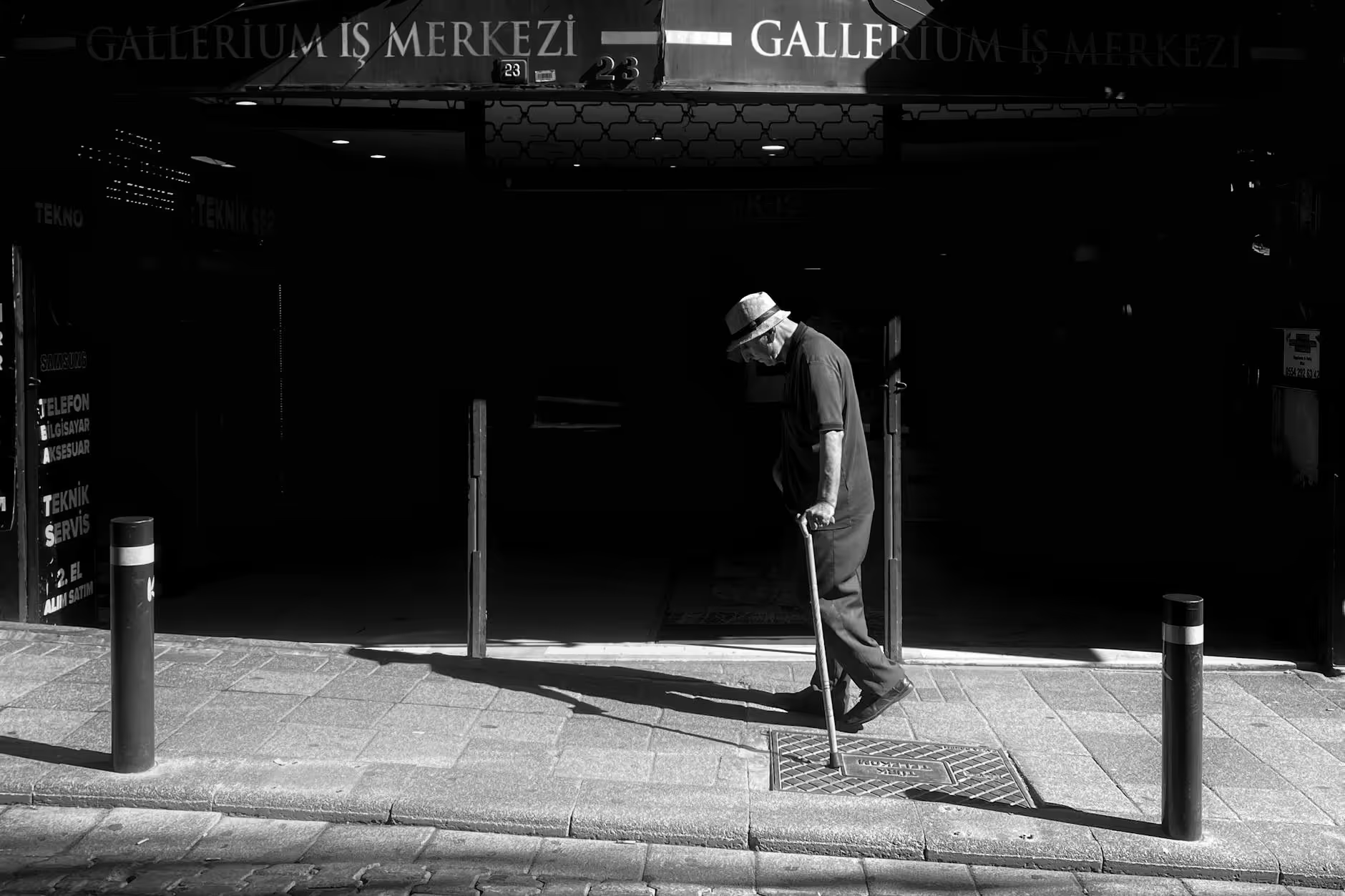































.avif)




.avif)



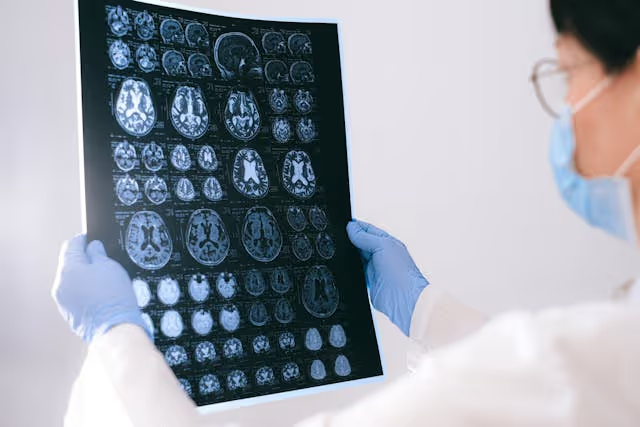




















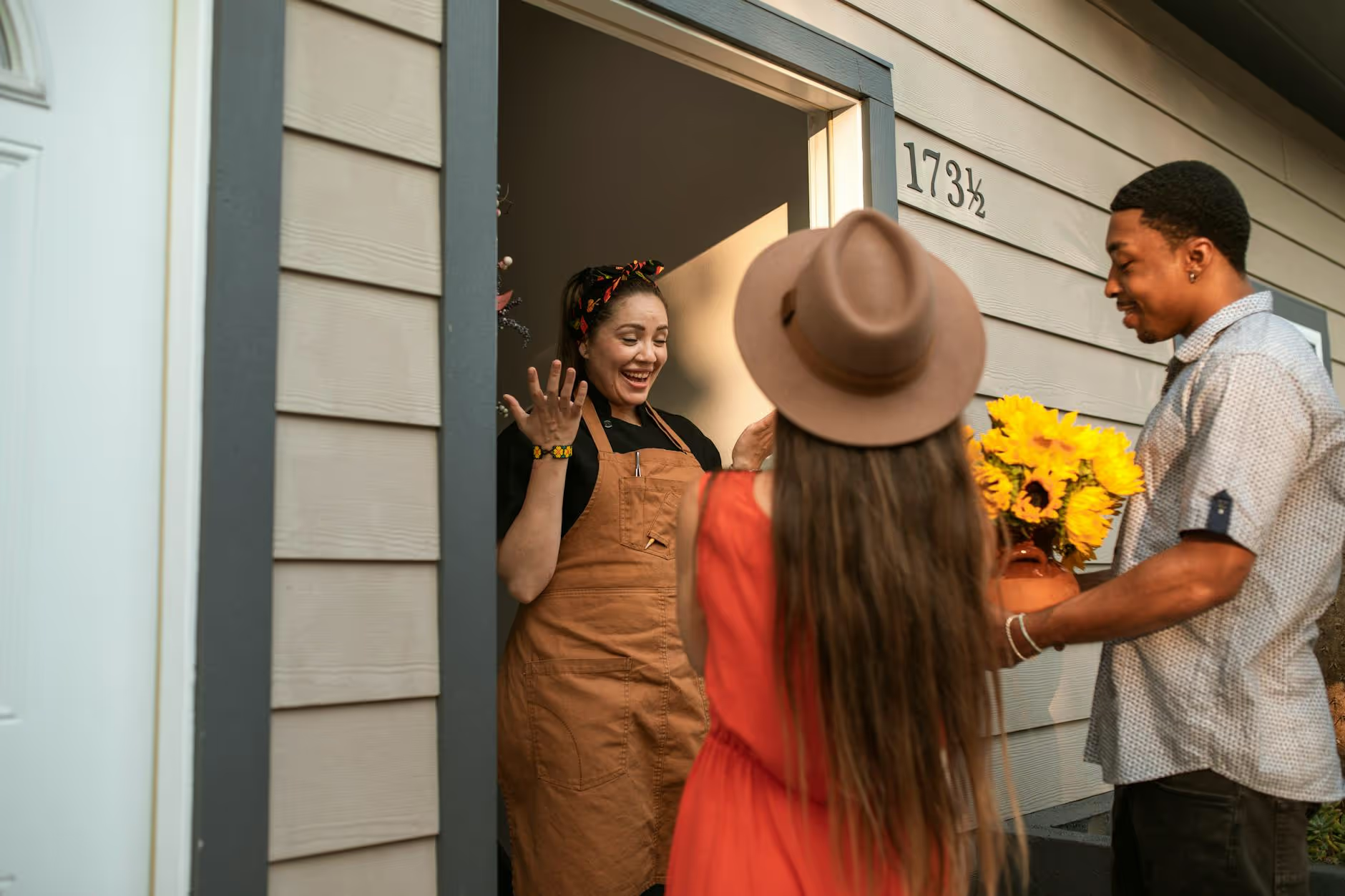





















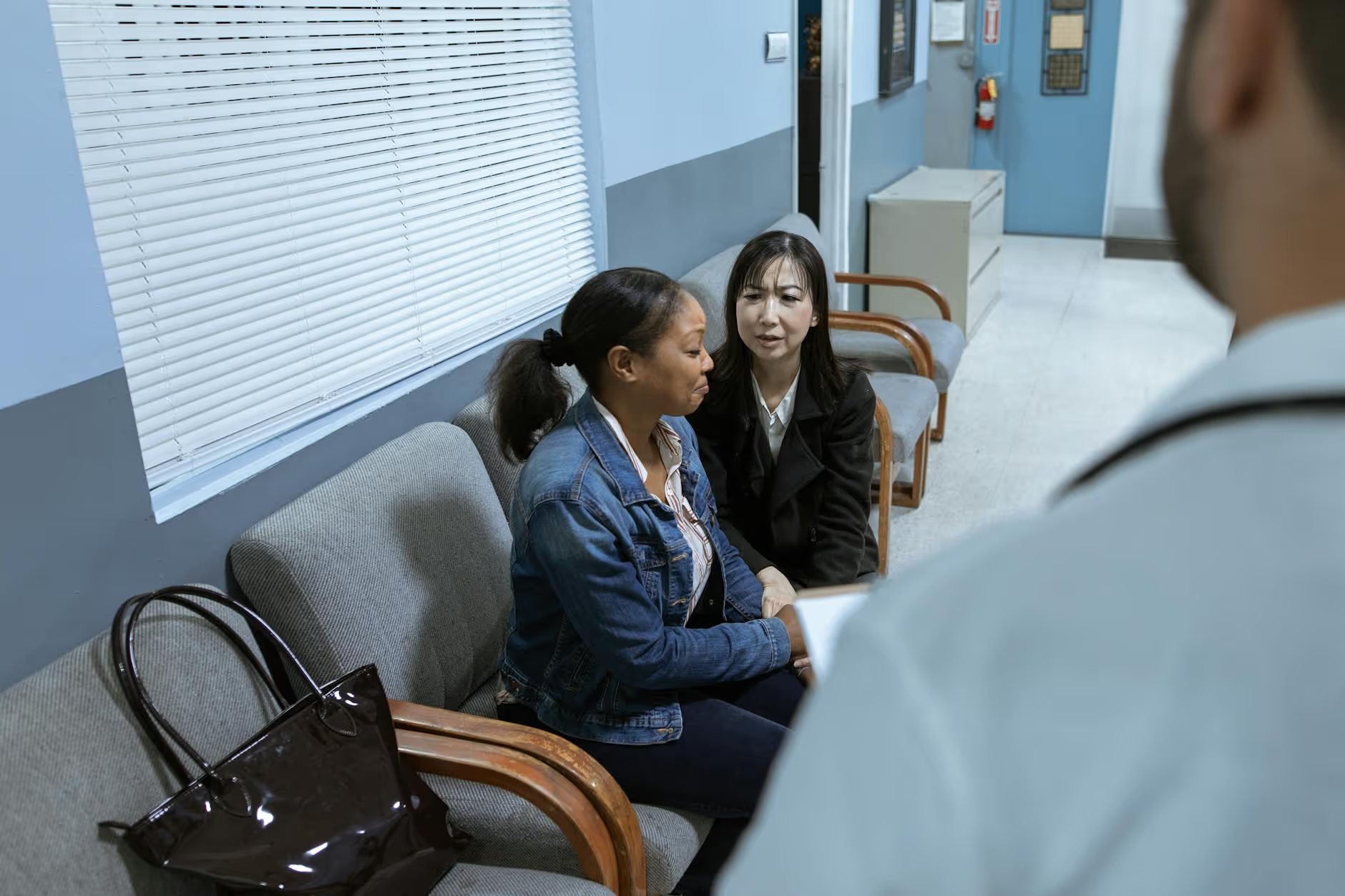


.avif)



























































